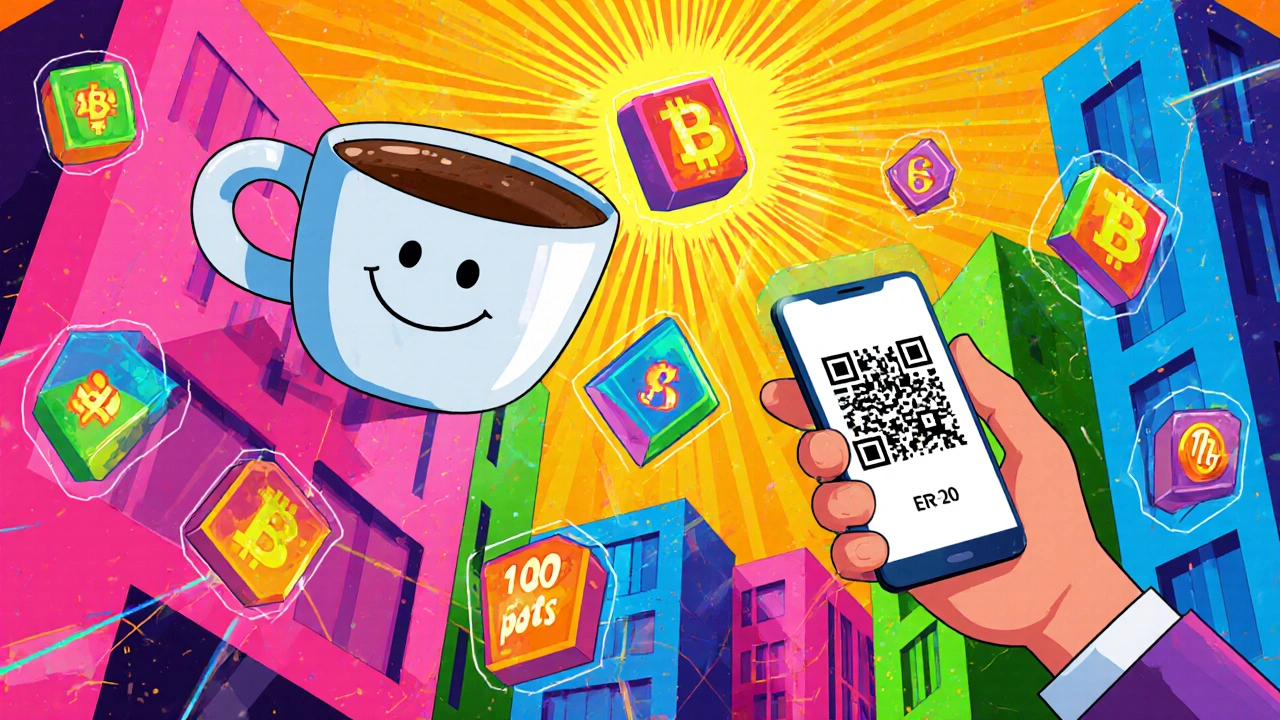Retail Loyalty Programs: How They Work and Why They Matter
When you swipe a card at a grocery store and earn points for your next discount, you’re taking part in a retail loyalty program, a system stores use to reward repeat customers and build long-term relationships. Also known as customer loyalty programs, these aren’t just about free coffee—they’re designed to make you spend more, stay longer, and feel like the store knows you.
These programs work by turning simple purchases into something bigger: loyalty points, trackable rewards tied to spending that can be exchanged for discounts, free products, or exclusive access. Think of it like a game where every ₹500 spent earns you a stamp, and after ten stamps, you get a free meal or 10% off your next bill. But not all programs are created equal. Some feel like a chore to use—others feel like a gift. The difference? Simplicity, value, and consistency. A good program doesn’t make you hunt for deals. It surprises you with them.
What makes a loyalty program stick? It’s not just the rewards—it’s the shopper retention, the ability of a store to keep customers coming back instead of switching to competitors. In Mumbai, where grocery chains, pharmacies, and fashion retailers all compete for your wallet, the ones that remember your name, your size, or your favorite snack win. They don’t just offer discounts—they offer recognition. That’s why some people drive across town to shop at one store, even if it’s pricier. They’re not just buying milk—they’re collecting status, convenience, and a sense of being valued.
But here’s the catch: most loyalty programs fail because they’re too complicated. Points that expire, codes you can’t find, tiers you never reach. If you’ve ever signed up for a program and never used it again, you’re not alone. The best ones feel effortless—like the pharmacy that texts you when your prescription is ready with a ₹50 coupon, or the supermarket that gives you a free snack just because you’ve been a regular for six months. That’s not marketing. That’s respect.
Behind every successful program is data—what you buy, when you buy it, how often. But smart retailers don’t use that data to push more stuff. They use it to make your life easier. Maybe you always buy baby wipes on Sundays? They’ll send you a deal on Saturday night. You’re a coffee person? Your favorite blend gets 20% off every third week. It’s not magic. It’s just attention.
And in India, where shopping habits are changing fast, loyalty programs are becoming more personal. Big chains like Big Bazaar, DMart, and Reliance Trends are testing apps that track your habits. Even small local stores are using WhatsApp to send personalized offers. The goal isn’t to lock you in—it’s to make you feel like you’re part of something. And when you do, you don’t just shop there—you tell your friends.
Below, you’ll find real examples of how these programs work—what succeeds, what flops, and what you should look for when signing up. Whether you’re a shopper trying to save more or a business owner thinking about launching one, the lessons here are simple: be clear, be fair, and be consistent. Because in the end, loyalty isn’t bought. It’s earned.

Retail Loyalty Programs: Tokenized Points and Rewards
Tokenized loyalty programs turn points into digital assets you own, not just store credits. See how brands like Boba Guys are boosting engagement, reducing breakage, and creating real value with blockchain rewards.
Categories
- Cryptocurrency
- Careers & Education
- hire domestic help in Mumbai
- Home & Living
- hire drivers in mumbai
- Home & Lifestyle
- Technology
- hire pet care in mumbai
- Travel & Transportation
- Health & Fitness
